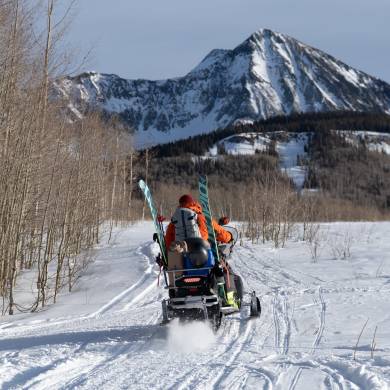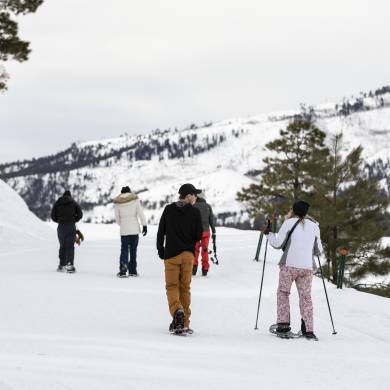As the snow begins to fall in Durango, winter excitement starts to fill the air! Dreams of shredding fresh powder on skis, stomping through forests on snowshoes, and sledding downhill begin.
But lurking in the shadows like a monster in a horror movie is everyone's nightmare: the avalanche.
Throughout La Plata County, avalanches can threaten every person entering the backcountry, no matter what type of activity you're doing, and for good reason. Avalanches claim the lives of people every year, no matter the skill or experience level.
In short, avalanches are no joke and are a very serious matter for anyone looking to explore Durango's backcountry areas this season.
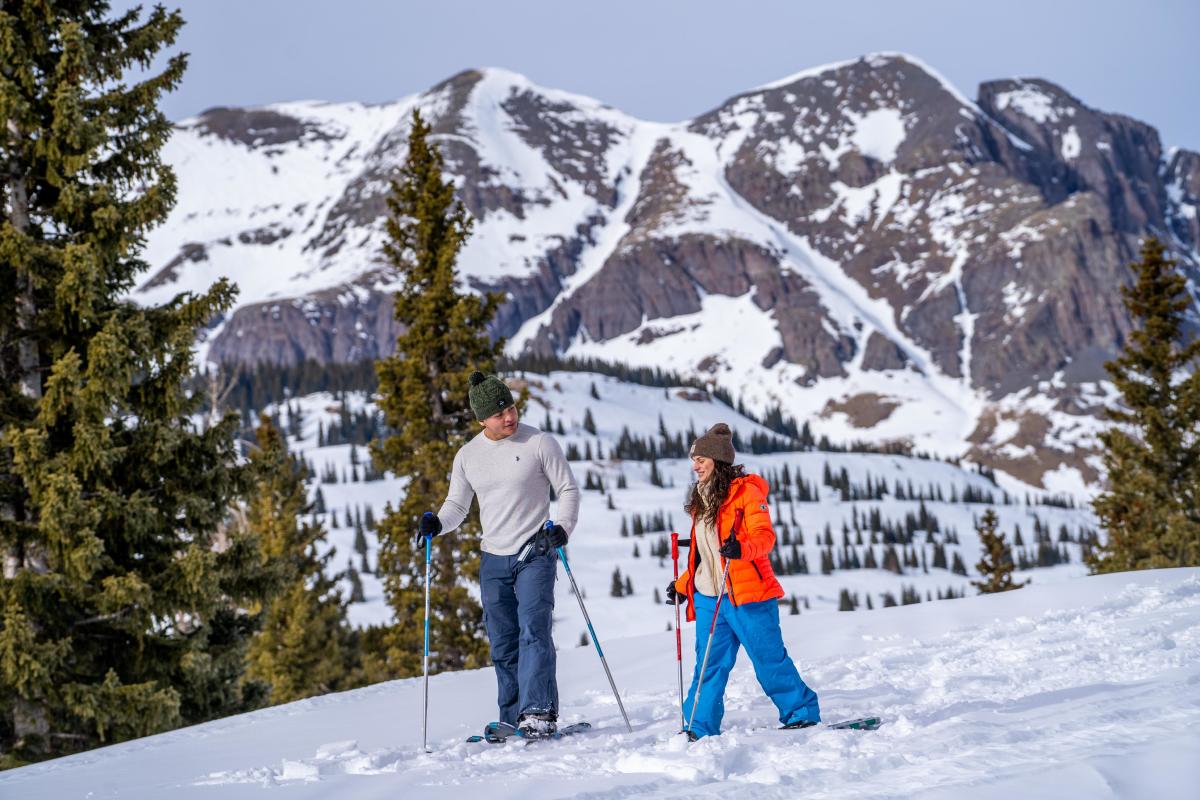
Here are some things you should know about avalanches before your next winter adventure:
#1 Most Avalanches Occur in the Backcountry Around Durango
Part of what makes Durango so beautiful is its natural scenery. But just because the city is ensconced in nature does not mean that avalanches go with the territory. Durango is far enough removed from such a danger, so as long as you are in town, there is little to fear. That said, they have occurred in town on occasion.
#2 Our Storm Systems Dump Lots of Snow, Very Quickly
Or location and elevation in Colorado mean that when a storm system passes over during the colder months, any precipitation experienced translates into lots of snow! We tend to get some of the brunt of snow dumps, and getting several inches of powder overnight is not uncommon. This translates into epic skiing opportunities.
#3 Avalanches Occur Regularly Around the San Juan Mountains
Naturally, due to the mountainous terrain and variations of elevation, the mountains around Durango are very prone to avalanches. Just the topography of mountain vistas alone creates the perfect conditions for this. So, when we see that lovely dump of snow, the conditions are ripe for cascading slabs of snow to come tumbling down when agitated.
#4 The San Juan Mountains Have a Thinner Snowpack Compared to Other Areas
Taking the above into account, the San Juan Mountains do experience a thinner snowpack as opposed to other areas of Colorado. This is mostly due to dryer conditions around this mountainous area, as opposed to other, more precipitous areas around Colorado and much of the rest of the country.
#5 Avalanches Occur on a Variety of Terrains and Features Around Durango
That said, avalanches have been known to happen within Durango city limits, although it doesn’t happen often. Whenever there is a snowy incline of more than 30 degrees, there is the potential for accumulated snow pack. Over time, this creates an unstable environment, and when agitated, can trigger an avalanche.
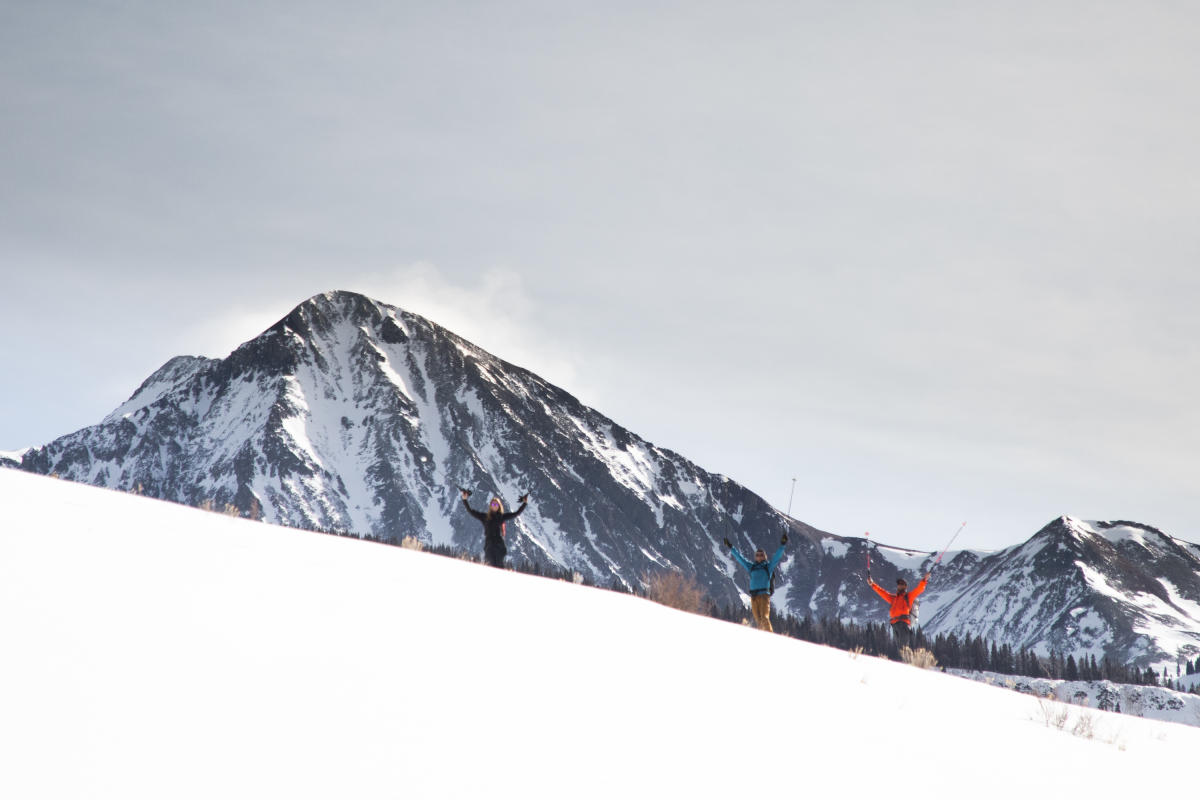
General things to know about avalanches:
While Durango has some unique avalanches compared to other parts of the state, avalanches in general share a lot of similarities.
Here are some general things to know about avalanches prior to going out into the backcountry:
#1 Anyone Can Trigger an Avalanche- No Matter the Activity or Experience Level
Just because you are an experienced skier does not mean you can prevent an avalanche. Simply passing through an area where the snowpack is unstable can trigger one. The only way to prevent avalanches of the human-triggered kind is to pay attention to the avalanche warning areas you will pass through. And try to avoid them. Even that will not guarantee success. You just have to be vigilant.
#2 Avalanches Can Kill In Multiple Ways
Most victims of an avalanche perish from being buried beneath the snow and suffocating. But that is not the only way. If you are caught up in one, depending on its severity, you can be tossed around and thrown against a hard object, or be buried and suffer from hypothermia – freezing to death in a coffin-like shroud of snow. People have died in both large and very small avalanches.
#3 Avalanches Can Reach 80 MPH in Five Seconds
Depending on the incline of the falling snowpack, the physics of it sliding down can create speeds of more than 80 miles per hour. Imagine being in a car speeding down the highway – nearly all of us have experienced that speed on the road. Translate that to being suddenly carried by snow on a pair of skies at that speed, and you get the idea.
#4 Avalanches Can Occur On Multiple Types of Terrains
Avalanches do not occur on just mountains. Any type of terrain that has an incline of more than 30 degrees can easily experience an avalanche if enough snow is involved. And 30 degrees is not a lot of incline! We’re talking large hills or backcountry terrain with a slope – obviously the steeper the slope and snowpack, the higher likelihood of an avalanche.
#5 Avalanches Can Occur Throughout the Season
One aspect of avalanche potential, other than the agitation of the snowpack, is the environmental conditions. Avalanches do not just occur in the middle of winter, they can (and often do) happen in warmer conditions. For example, the simple act of melting ice can dislodge a heaving snowpack on an incline, dislodging it and causing it to slide down.
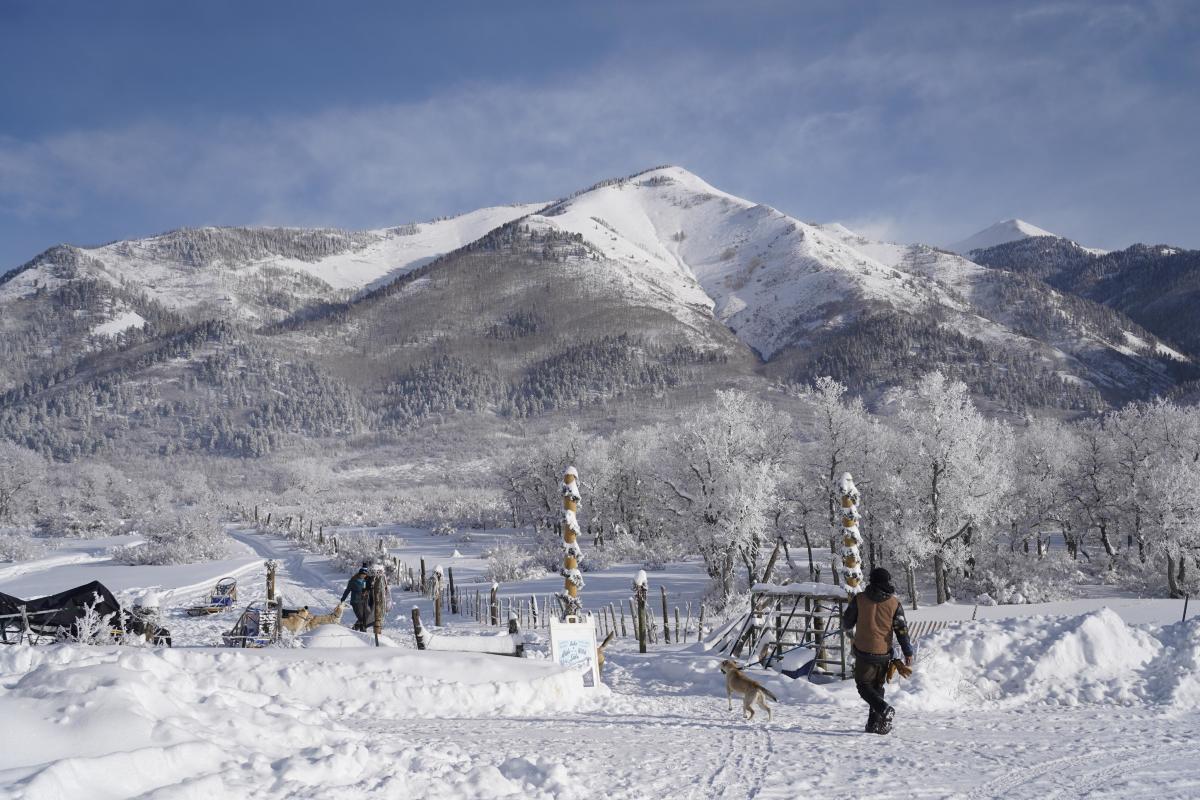
#6 Proper Gear, Training, and Decision-Making Can Save Your Life
You can prepare yourself for an avalanche. Carry proper gear, an avalanche transceiver, a shovel, and a probe. The receiver, when on, can transmit a signal to the rest of your group to locate you should you be buried in snow. If you find yourself being carried away by an avalanche, fight to stay on top of it. Or get out of the way altogether. But if you are buried, try to create an air pocket by clearing snow from your face, or try your best to reach the surface. Taking an avalanche survival class is a good idea.
Conclusion
Avalanches will always be a possibility in and around the Durango area. There are scientists and other experts always in the area that can pretty accurately predict when and where the potential of an avalanche may happen. So be sure to arm yourself with this information. If you ever find yourself in danger of one, stay calm, remember that you read this article, and do what you can to stay safe.
